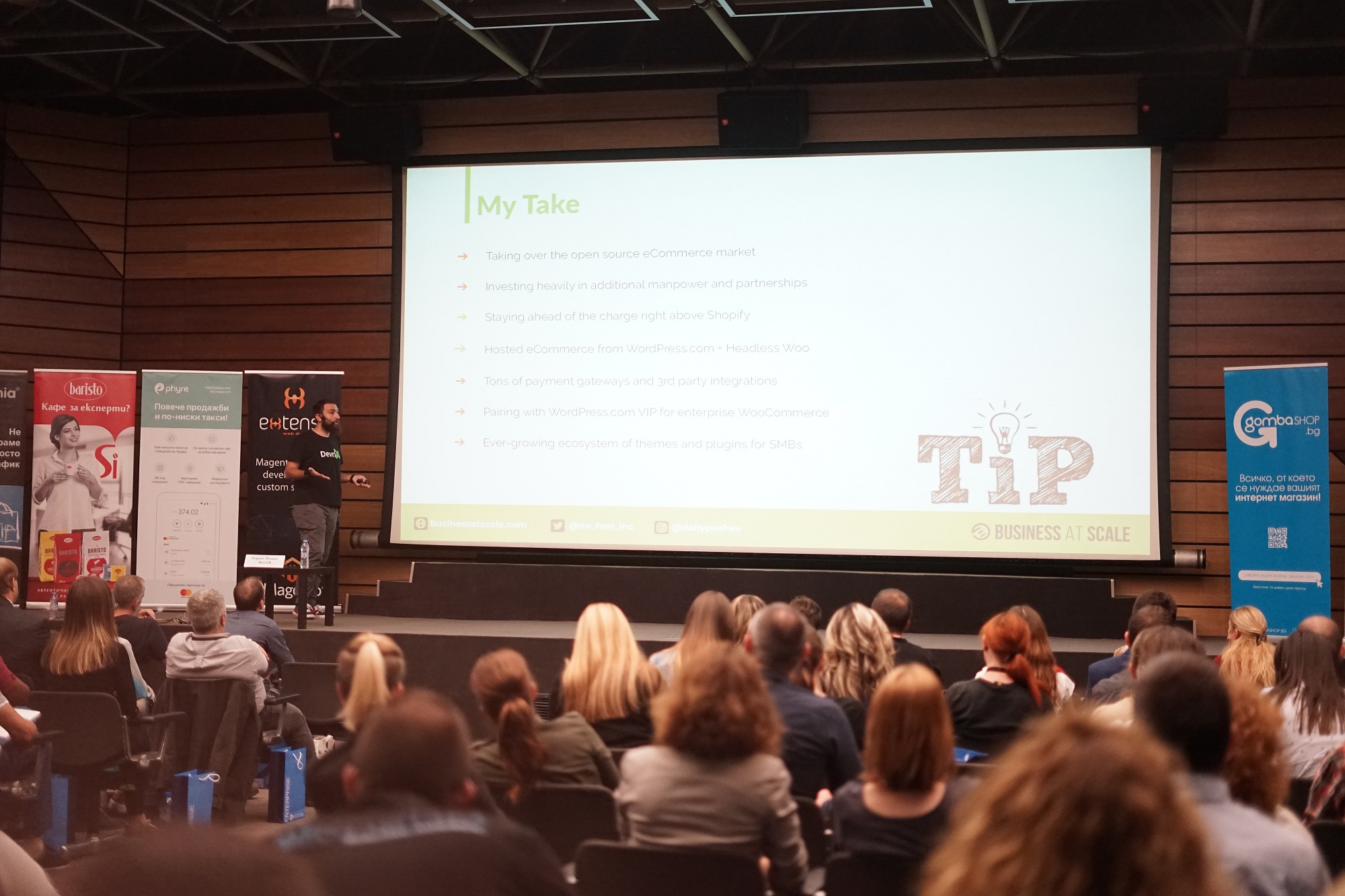According to several studies, effective presentations are 38% your voice and 55% non-verbal communication. Only 7% can be attributed to the content. Knowing these, how do you think should you prepare for a talk?
The best way to prepare for a talk is to practice. I know that most of my colleagues practice a talk ahead of time, but I’ve only done this a few times over the years. And even though the stats give more emphasis on the delivery, it is still important to ensure you know your content really well.
What I usually do is a rough breakdown of the main points I want to cover—top 3 takeaways across different stages of the talk. I also predict 1 to 3 minutes per slide (depending on what I plan to cover) to ensure I can fit into the corresponding time frame.
I’ve had dozens of talks that were cut short or shuffled throughout the day for various reasons, which is why I take a personalized approach depending on how long I can realistically present and whether it’s a morning talk, right before lunch, or among the last two for the day.
I also try to bring some variety based on the previous presentation (if possible)—adding some contrast, high energy vs. an easy-going talk, a highly educational vs. story-based.
Gauging the audience during the event itself is crucial to adapt the talk accordingly. While this is easily predictable for regular and niche events, it’s often tough to assume for larger conferences—especially when multiple tracks run in parallel and attendees get to pick which talk makes the most sense for them (thus adjusting the skill set and level of experience on the fly).
Basically, the key here is to be flexible. As a speaker, you have to be ready to face any last-minute changes and challenges with ease. The main reason why you practice is that you want to master your topic that nothing unexpected will easily faze you.




